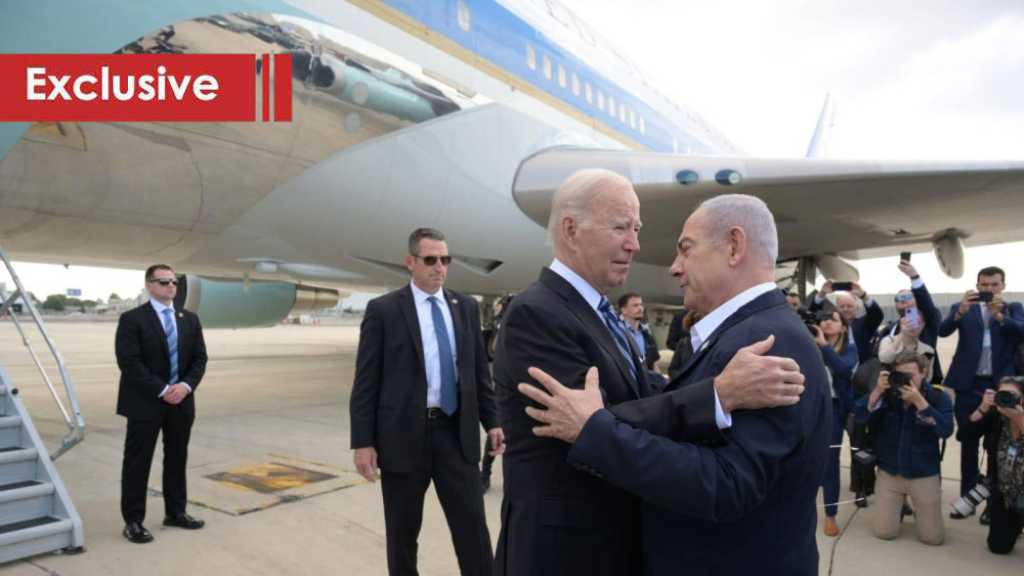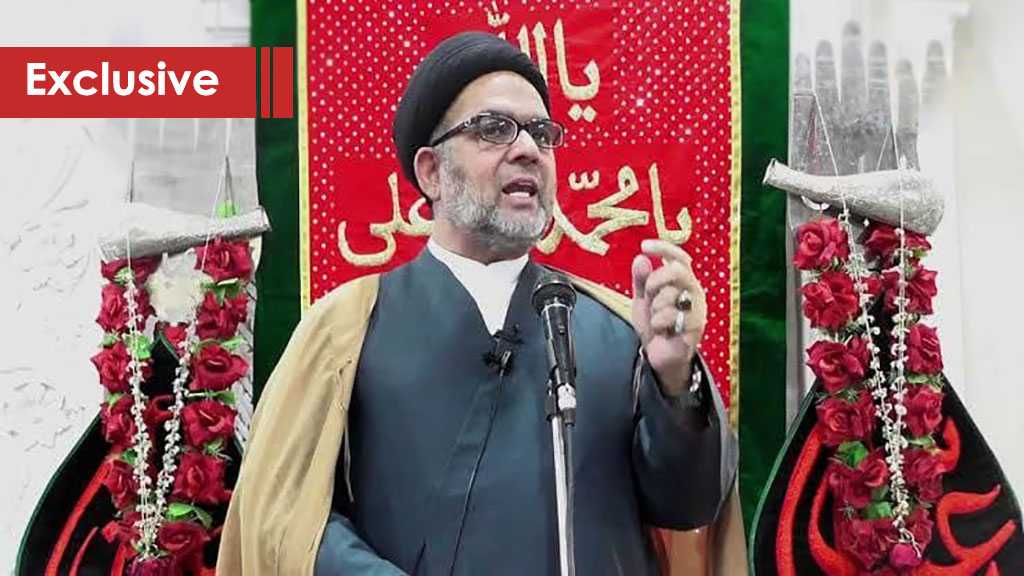
«Israel’s» Threats Are Recognition of Failing Decisiveness, Unilateral Deterrence Options

Jihad Haidar
The threat made by the Chief of Staff of the "Israeli" army, Gadi Eizenkot, against Lebanon marks the peak in a series of threats aimed at portraying an "Israel" gearing up for aggression. The threats came as part of a psychological war targeting Lebanon without eliminating the possibility of the enemy drawing itself into a trap that will have strategic repercussions on "Israeli" "national security", based on erroneous estimates.

The enemy's intention to make the title of the next war the "State of Lebanon" alongside Hezbollah comes in the same context as the threat expressed by "Israeli" War Minister Avigdor Lieberman. This constitutes an official "Israeli" declaration of what Tel Aviv is pursuing in any future war with Lebanon and Hezbollah - targeting the Lebanese infrastructure.
However, there seems to be an attempt to suggest that this announcement is a response to the positions of President Michel Aoun, or at least to try to employ these threats in this direction. But this impression contradicts the reality. For years, more than one "Israeli" official, through more than one media platform, has declared the use of the principle of mass destruction as a strategy of aggression against Lebanon and Gaza. One prominent official declaration of this doctrine was made in 2008 by then commander of the northern region Gadi Eizenkot [the current chief of staff] along with former War Minister, Ehud Barak, regarding the "doctrine of Dahiya [southern suburbs of Beirut]".
This aggressive concept only took form as a result of the lessons learned by the enemy leaders in the wake of the 2006 war and through its repeated aggression against the Gaza Strip. The most important of these lessons, which was entrenched in the awareness of the decision makers, was the success of the resistance in depriving "Israel" the ability of a military resolution, despite the huge difference in capabilities at both the quantitative and qualitative levels. This recognition, which was entrenched in the consciousness of the political and security decision makers in Tel Aviv, led them to search for alternative practical options. But a closer look reveals that it is nearer to revenge and abuse than it is to military decisiveness that was employed by "Israel" during the decades that followed the establishment of the state of "Israel" in 1948. "Israel" used this doctrine in the recent war against the Gaza Strip in 2014, dubbed "Operation Protective Edge", by targeting civilian areas and institutions, which led to the martyrdom and wounding of thousands of Palestinians.
Also, this strategy comes as a result of "Israel's" failure to impose a one-way deterrence formula. Over time, this led to the forming of a situation of mutual deterrence in the face of Hezbollah, which provided it with a security umbrella that allowed it to succeed in developing its military and missile capabilities at both quantitative and qualitative levels. This qualitative and strategic development in capabilities -coupled with the courage, will and wisdom to activate it- has so far prevented the enemy from translating its threats and rolling towards a broader confrontation in the context of more friction between the two sides.
Regarding the timing of the threats, it is noted that Eizenkot's positions, preceded by Lieberman, came in the context of an ascending course of intimidation. These messages are usually directed in one of two cases. Either to deter the other party from the operational initiative, or as part of an introduction to the aggression, by directing messages aimed at breaking the opposite side of a deterrent response.
With regard to the first case, it is clear that the "Israeli" public knows that Hezbollah is far from initiating this process for several reasons, at the very least because this option is not part of its strategy at this stage in the conflict with "Israel".
As for the second option, the message of deterrence issued by the Secretary General of Hezbollah to target the non-conventional facilities in "Israel"- the Ammonia and Dimona- is a response to the threat of mass destruction [in Lebanon]. In light of this equation, the decision makers have to decide whether they are ready to expose "Israel" to the risk of targeting strategic facilities.
On a parallel line, it is clear that one of the goals of the "Israeli" intimidation and linking it to the development of Hezbollah's capabilities is to incite the Lebanese public against it. And try to undermine the image of the defensive and deterrent role of Hezbollah's capabilities.
Source: Al-Ahed News



